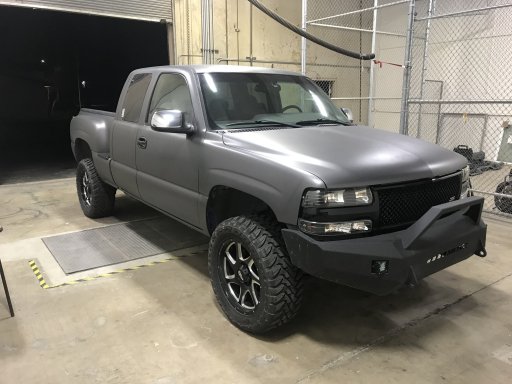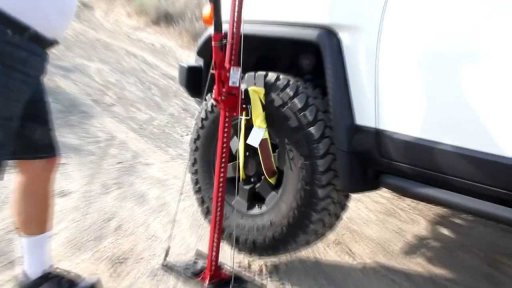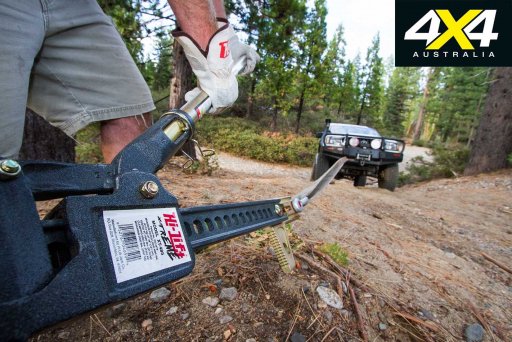Hello All,
I know it’s a bit of a loaded question with many opinions but I’d like a little advise on sizing recovery equipment.
I have a 2016 GMC Sierra lifted on 35’s. The truck isn’t for rock crawling but more for fire roads and snow. I just picked up a Smittybilt XRC 12.5k winch and a hidden mount. Hopefully I’ll get it in after I wrap up the dual battery setup I’m currently working on. I’ll be removing the bull bar as it was on the truck when I bought it and it really serves no purpose other than a light holder.
Anyway I’ve seen a few write ups suggesting doubling the rating of your winch when sizing your recovery gear? It’s my understanding that you could potentially double the stress on equipment when pulling through a snatch block?
I don’t mind spending a bit extra on the correct equipment but I just want to be sure I’m sizing it correctly.
Thank you in advance for the input.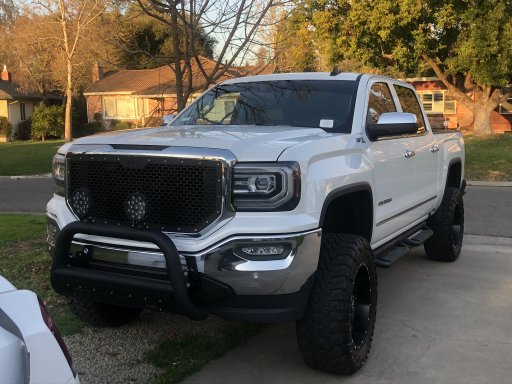
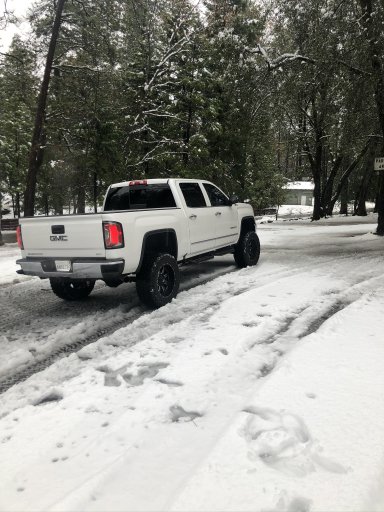
I know it’s a bit of a loaded question with many opinions but I’d like a little advise on sizing recovery equipment.
I have a 2016 GMC Sierra lifted on 35’s. The truck isn’t for rock crawling but more for fire roads and snow. I just picked up a Smittybilt XRC 12.5k winch and a hidden mount. Hopefully I’ll get it in after I wrap up the dual battery setup I’m currently working on. I’ll be removing the bull bar as it was on the truck when I bought it and it really serves no purpose other than a light holder.
Anyway I’ve seen a few write ups suggesting doubling the rating of your winch when sizing your recovery gear? It’s my understanding that you could potentially double the stress on equipment when pulling through a snatch block?
I don’t mind spending a bit extra on the correct equipment but I just want to be sure I’m sizing it correctly.
Thank you in advance for the input.








